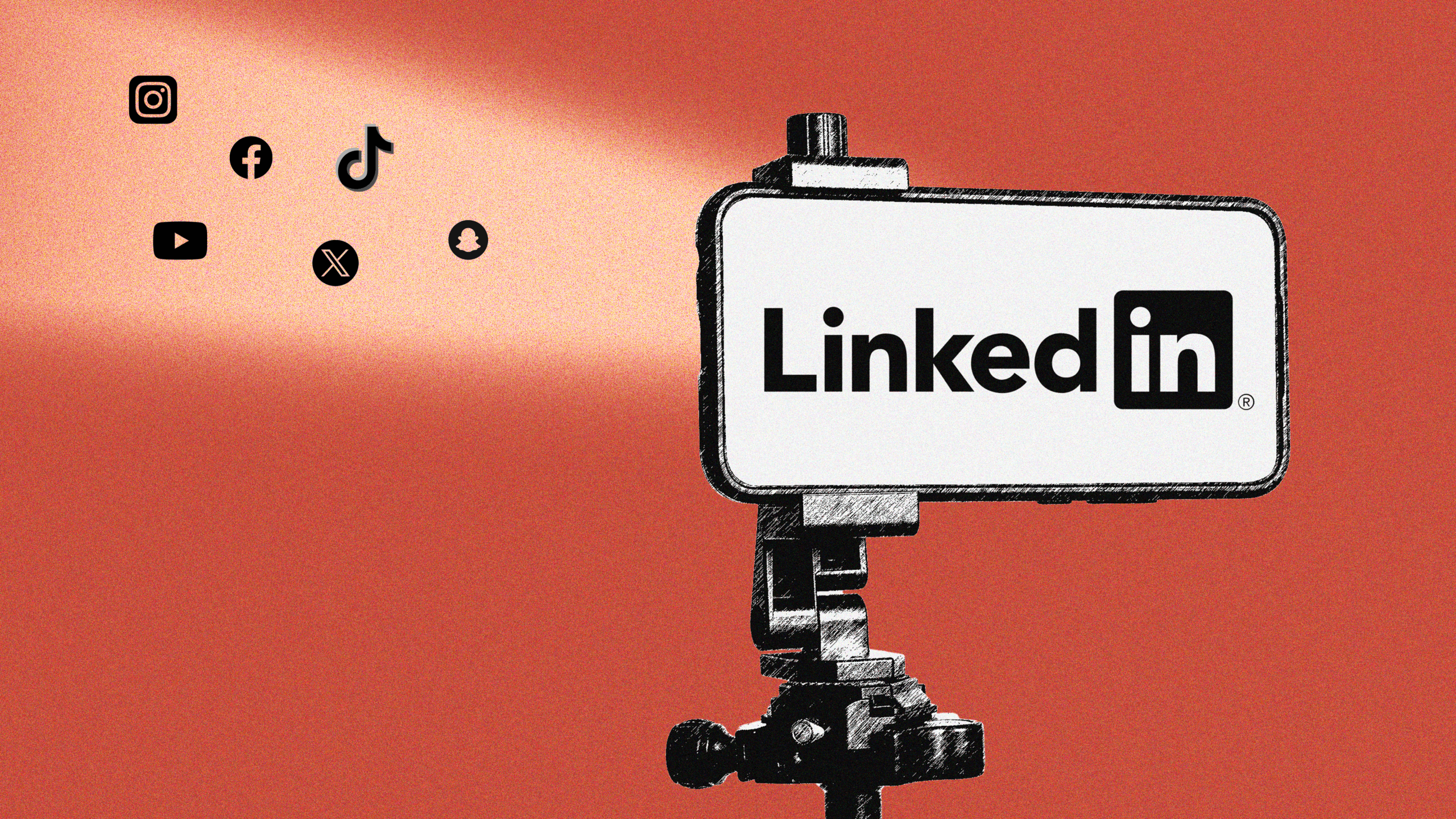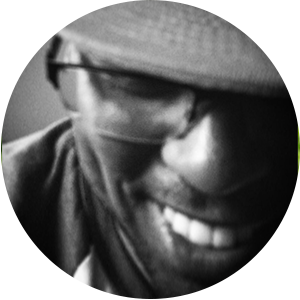Something is changing with LinkedIn. Actually, scratch that. Many things about LinkedIn have been changing for the past several years.
The Era of Sky-Gazer Posts Is Over
I want to start by saying that I’m not the biggest fan of LinkedIn. Many of my negative feelings can be attributed to the posts that defined the platform in the late 2010s and early 2020s.
You remember, right? Every other post was something like, “I interviewed 200 candidates, but I saw a guy staring at the sky outside my office and hired him on the spot. Here’s what I learned.”
And somehow, this type of post garnered 2000 likes and 600 comments.
It was a weird time and created this performative vibe that felt heavier than the daily dose I was used to consuming from social media.
So, what’s changed?
My gut reaction is to say, “Nothing at all,” but that’s not really true. LinkedIn has become, in recent months in years, video-heavy, influencer-oriented, and less — shall we say — professional. Several factors have shifted into place to usher in a new era of LinkedIn, and like with most social platforms, an emphasis on younger audiences sparked the shift.
Gen Z and the Vertical Video Shift
But, did the younger audience ask for this?
It’s no secret that LinkedIn has made a concerted effort to start competing with the TikToks, Reels and Shorts of the world by making vertical content a priority.
I can’t blame them. In 2024, reports showed that #careertok and #corporate had a combined 13 billion views on TikTok. Even worse, The Economist published an article with the headline, “For Gen-Z job-seekers, TikTok is the new LinkedIn.”This vertical push is an interesting step, and on the surface, it seems effective. Earlier this year, Digiday reported that LinkedIn has seen a 36% increase in total video viewership.
Influencers Get Weirder, and It’s Working
Along with the rise of vertical video, the platform now hosts a more diverse range of influencers. LinkedIn has always had influencers, but they all shared the same tone both in terms of what they posted and in the comments. The focus rested on inspirational content meant to make the poster feel like an “outside-the-box” thinker while the platform provided tools for the audience like AI-generated comments to make praise easy to dole out. It was like a shot of dopamine for all who participated…for better or worse.
Now, we are seeing more TikTok-inspired videos with a premium on pacing and early Twitter-style copy that focuses on commiserating about professional life and self-deprecating humor (with AI narrators, to boot).. All of this appears to be culminating in this growing movement that says to stand out on LinkedIn, you must embrace being weird.
Students Still Want the Original LinkedIn
Mixed in this massive change in tone are college-aged students and recent graduates who use LinkedIn to post long-form content to highlight their professional and academic milestones. No videos, no jokes. Just a wall of text and maybe some photos. It all feels familiar, even down to the saminess of the writing style. Makes me wonder how much AI has influenced the content on the platform. (Note: I’m not linking to any posts here because this comes from current students and recent grads of my own institution who I don’t mean to call out; but I see them nonetheless and feel obligated to share what could be a frustrating disconnect for them.)
And that contrast is the most fascinating part. LinkedIn and millennial users are trying hard to make the platform less “boring” and more in line with the “exciting” social apps to help build connections. I suspect this is driven in no small part by the mass exodus from Twitter after it became X and from Facebook losing relevance; LinkedIn seems like it’s becoming everyone’s favorite microblogging platform of choice.
But there is at least a portion of the platform’s audience that want LinkedIn to stay true to its original purpose because their future depends on it.
Like I said before, something is happening with LinkedIn. I’m just not sure what it means quite yet.







